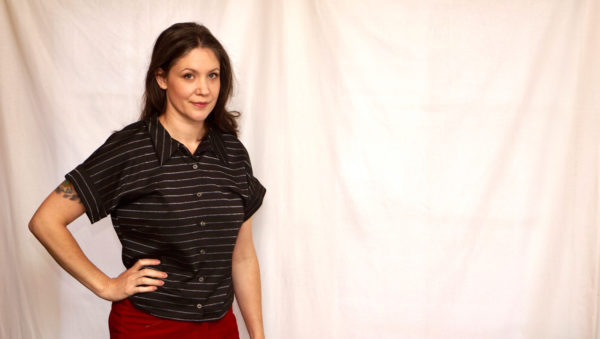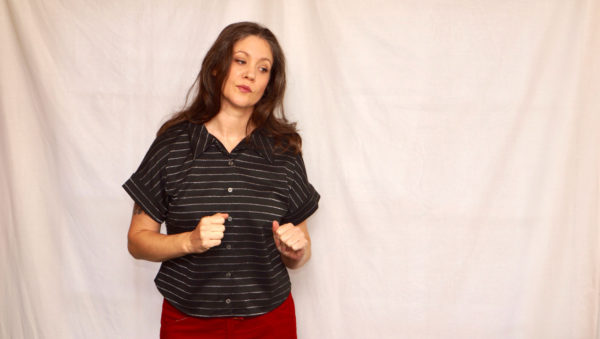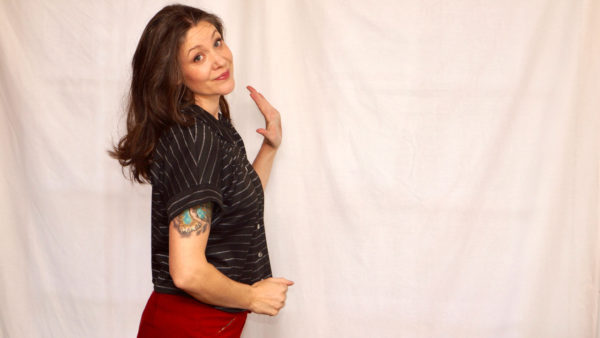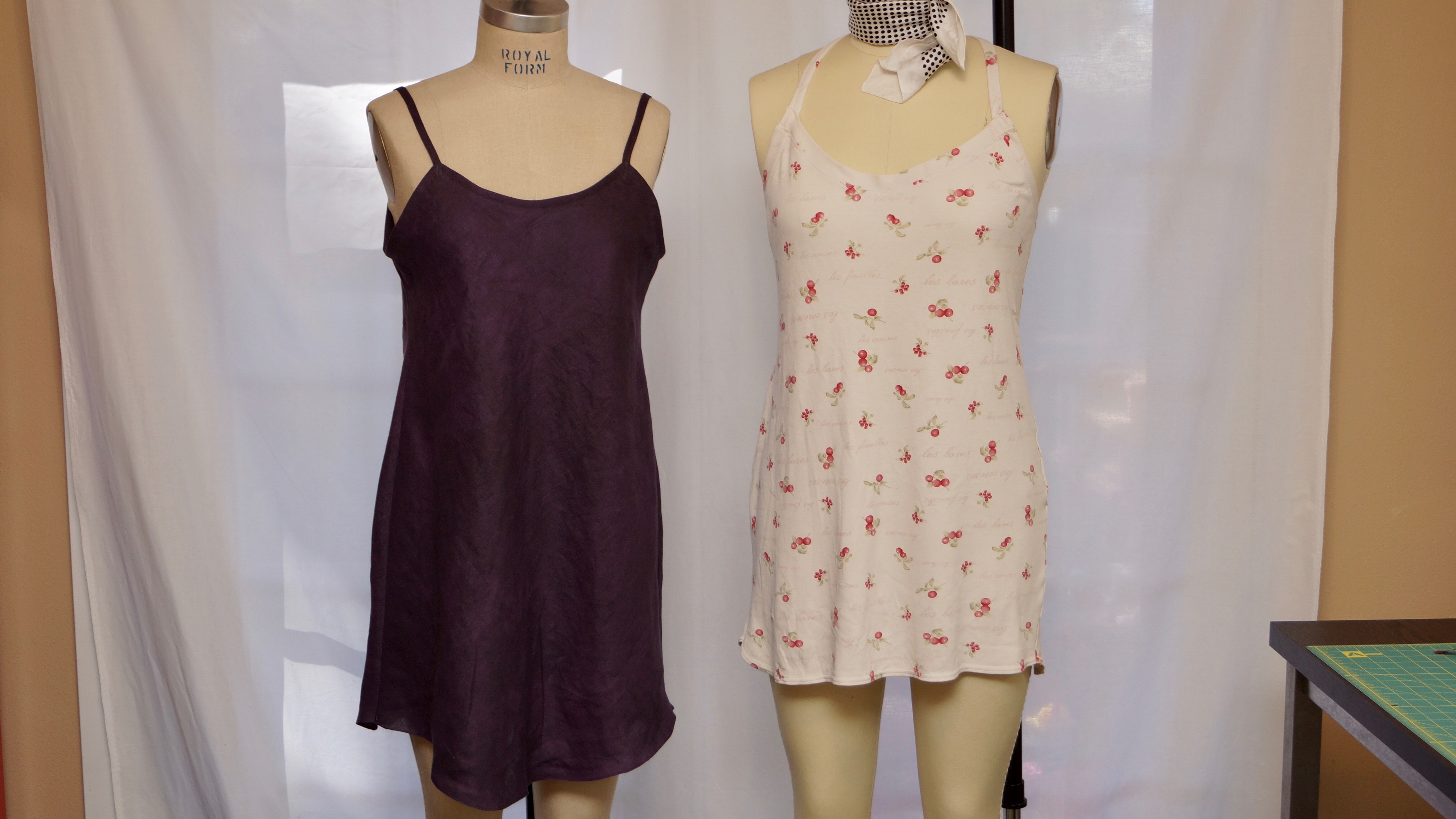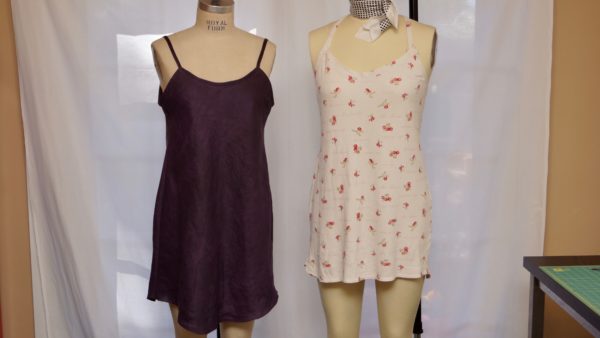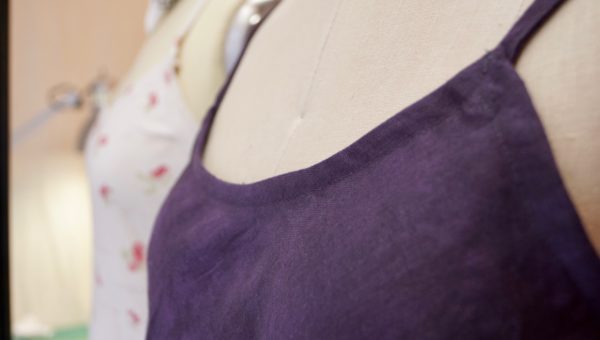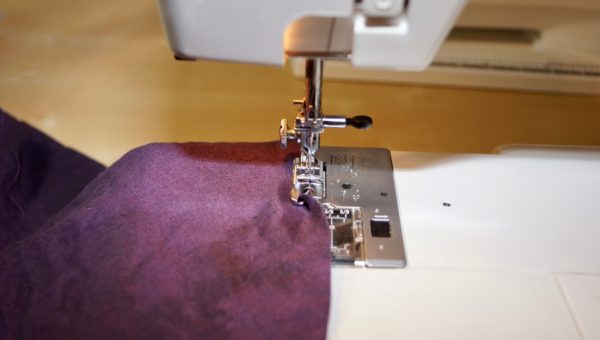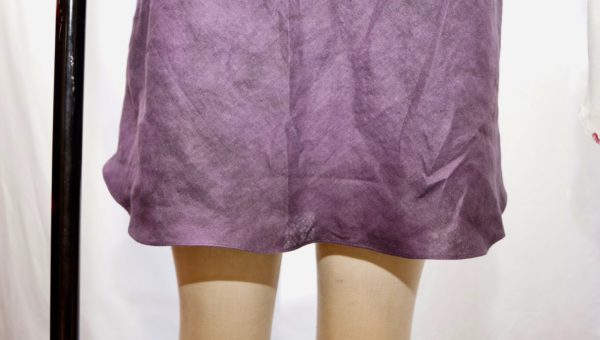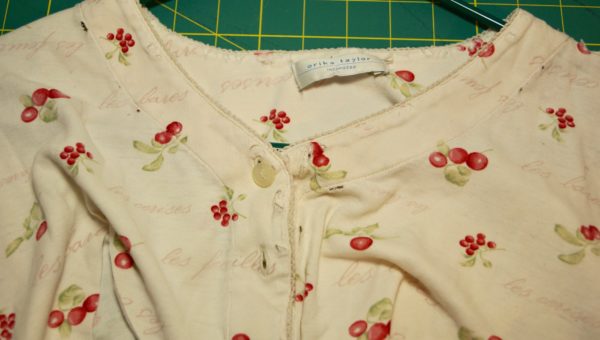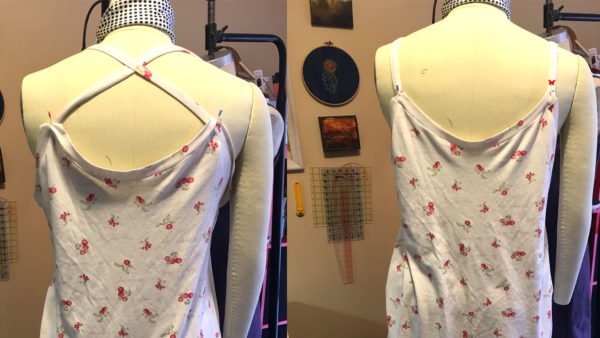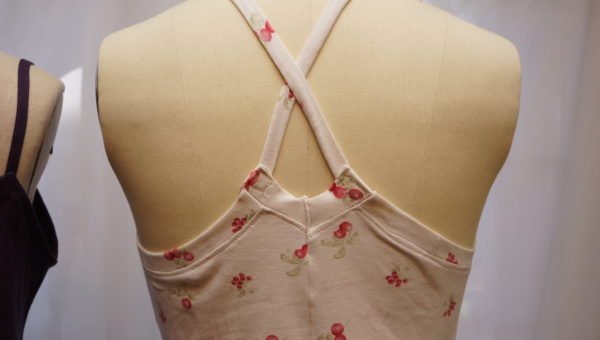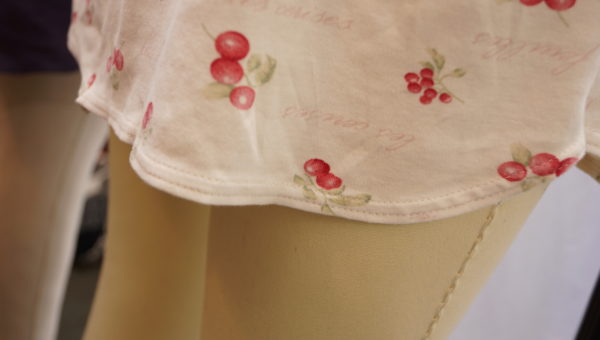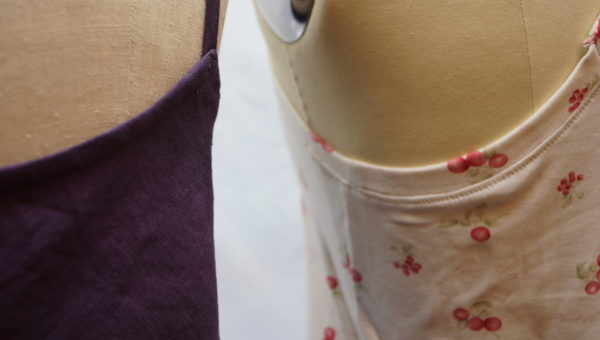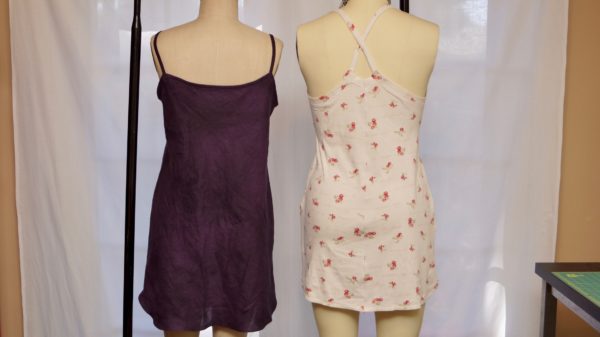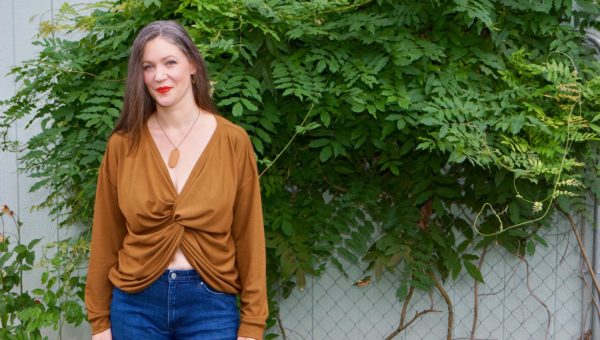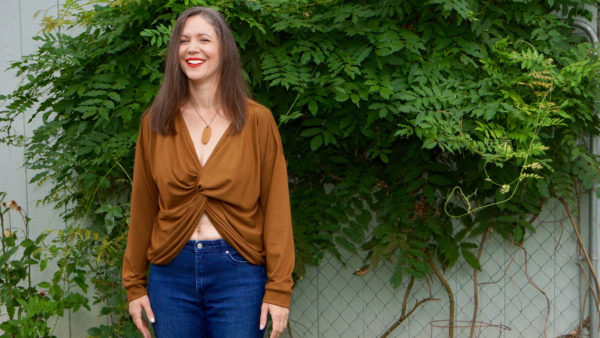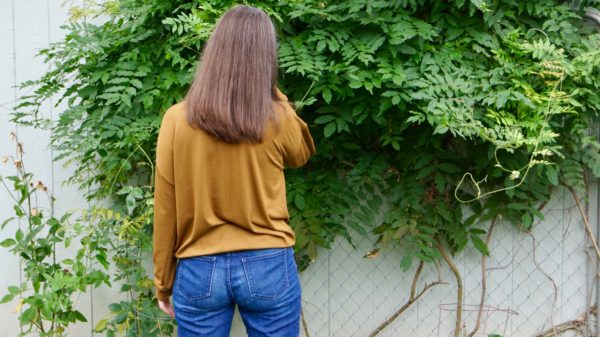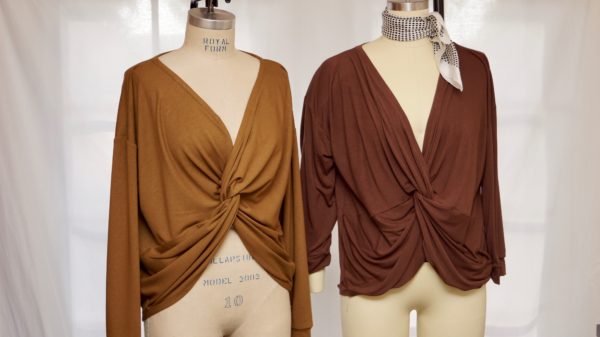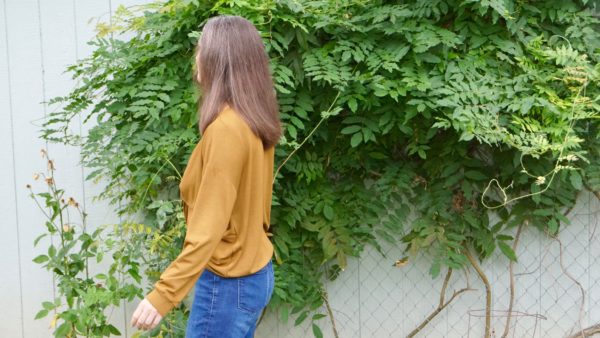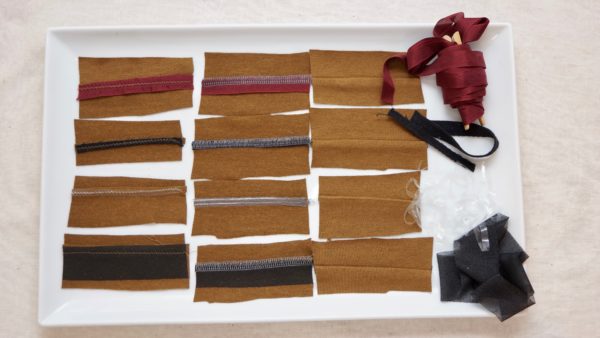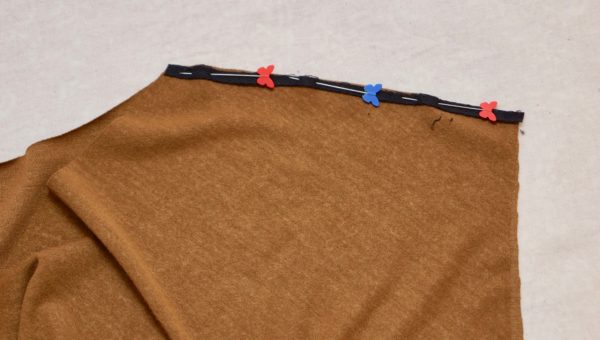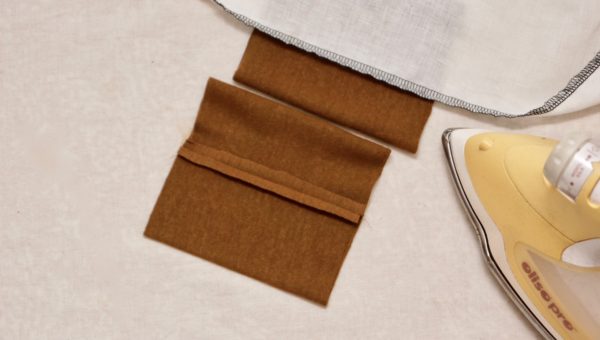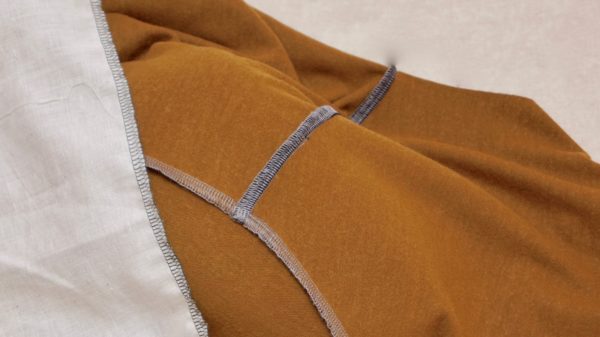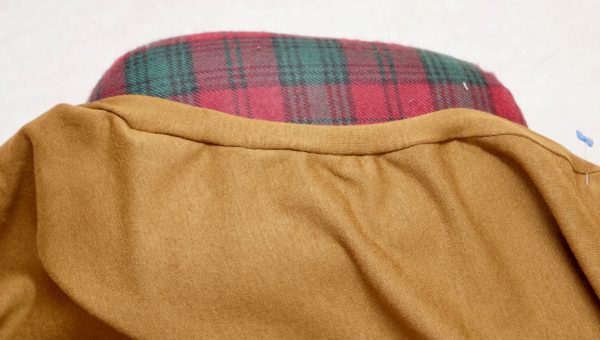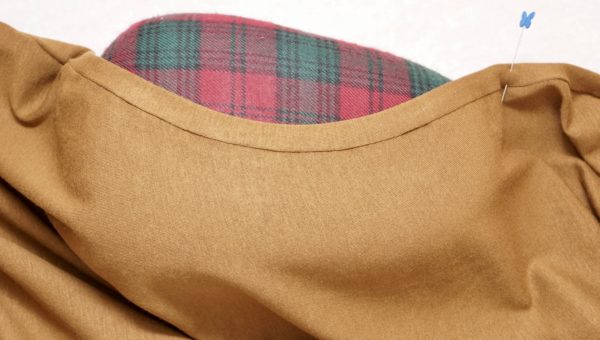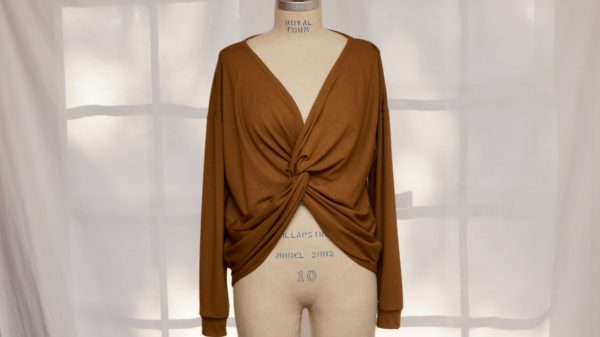I DID IT! I’ve had the Closet Case Patterns Skinny Ginger Jeans pattern since June 2015. (sheepish grin)
Now, normally I’m not afraid to sew anything – I’m not really afraid to fail. It’s just fabric, and it’s always a lesson. However… My pants fitting has been on the scale from “Meh” to “I-JUST-BLEW-OUT-THE-ASS-OF-MY-PANTS-AT-COSTCO.” It’s true. Normally I have to scoop out the crotch, or add some hip length – I’m tall with most of it in my torso. Thanks to our amazing sewing community, Bad Mom, Good Mom pointed out on my Colette Juniper pants, most of my fit issues could be fixed with going up a larger backside size than the front. I’ve made about a dozen pairs of pants, but nothing quite like my Colette Clovers that actually split up the backside while picking up a case of water at Costco. That has steered me clear of close-fitting pants for a few years.
I had enough of the fear, and frankly, everyone else and their dog has made Ginger jeans now, so I was bordering on being pathetic.
I picked up a 1.5 yard remnant at Modern Domestic…it wasn’t labeled and it’s not on their site, but knowing MD, I’d says it’s a Robert Kaufman, probably close to this 8.6 oz stretch denim here. I paid about $25, so that’s about right MD would be a bit higher priced than fabric.com as they’re my locally owned fabric store. I would definitely recommend it and use it again.
I was going for a hopefully wearable muslin, as I wasn’t ready to cut into the Cone Mills I’ve been hoarding or the velvet bottom weight I have from Britex, but actual muslin fabric wasn’t going to test correctly, so hell with it, right? Just do it.
I only had a hot pink denim zip in my stash (hee hee), and I FUBARed the placement a bit – it’s about 3/8″ off – I read “line up edge of zip” wrong at the fly. Whatevs. I also have just a regular button on them, and skipped the belt loops – I’m still having top stitch thread issues. In fact, half of the top stitching is popping off a bit, but that’s a technical issue on my end, not the pattern. I tried to do it on the Janome and on the Viking, but I’m going to have to break out one of the vintage machines IF I’m to get that top stitch thread to work – or I may just ditch it. I’m not that in love with it anyway.
What do you think of the pocket placement? Should I move them up a cm? I can’t tell. I’m not a good judge of my own butt. I took a 3 inch wedge out of the back yoke – which I need to blend better on future pairs, but other than that, it’s pretty spot on. I’ve worn these for days, and this is fresh out of the dryer, so they’re a bit “packed sausage” at this point. They will loosen up a smidge, but the denim is really good and there’s no bagging out anywhere. You can see below where the wedge of the yoke meets the back seem of the butt and there’s a little wrinkle where it wasn’t blended well on this version.
For me, the waist is now at 0, the largest point of my butt/hips almost at a 14, and the rest is at 12. I’m fairly hourglass shaped, and gain/lose weight pretty evenly in that hourglass ratio, so this is normal for me.
Here’s the IG post of that wedge – I didn’t get a “good camera” shot of it:
The legs fit perfectly. They’re bunching up a bit because I’m refusing to hem them.
My husband keeps teasing me that he’s going to hem them. I don’t want to….I want to leave them raw. We’ll see. I don’t know what the fashion consensus is on that. This is the full length of the pattern without any removed, as reference if you’re looking to make the pattern.
Sexy pants. LOL. Didn’t the 80s just totally ruin that word? Sexy. Ew. But the pocket stay on the inside?!? Holy crap. It’s like…it’s like a smoothing magic, without the discomfort of actual gross sweaty spanx or something.
Please excuse my mud room – it’s Oregon and we’re in the rain-half of the year.
Post post notes:
I had the pattern printed before the latest updates to the pattern. I think there have been 2 updates, and my version is smack in the middle. Meaning, IF I would have had the latest version, I would have probably scooped the crotch out the cm or so that was put in, and taken more out of the yoke? I think? Regardless, I did baste the sides, and the construction of the pants makes fitting on-the-fly really easy.
Let’s talk drafting for a minute. I’m just now learning pattern drafting and it looks so much easier than it truly is. The base pattern/sloper, or block, must be good before moving on to style, and then eventually grading to different sizes. To have the success of these jeans on the level that Closet Case has had, which is near cult status…well, they have the magical block. Will this fit everyone as easily as me? Well, no. But, again as reference, I fit J Crew/Banana Republic size 8 or 10 off the rack just fine. Sometimes I have broader shoulders/bust and the waist is too big, or whatever, but for the most part, I’m shaped pretty RTW-friendly. So, if that’s you, then this pattern will be GOLD!
If that is NOT you, Cashmerette JUST released the Ames jeans in different body shapes. While I have not sewn any Cashmerette, I have seen the detail work that has gone into their drafting, not to mention their HUGE fan base. Sewists aren’t fans of crap pattern companies. Well, I take that back, Big 4 still exists, but I submit that’s because they’re cheap (read that how you will.) Indie patterns cost more, and must be made better to succeed, and damn if Cashmerette hasn’t succeeded! I can’t wait to see Cashmerette’s jeans all over the Sewscialsphere.











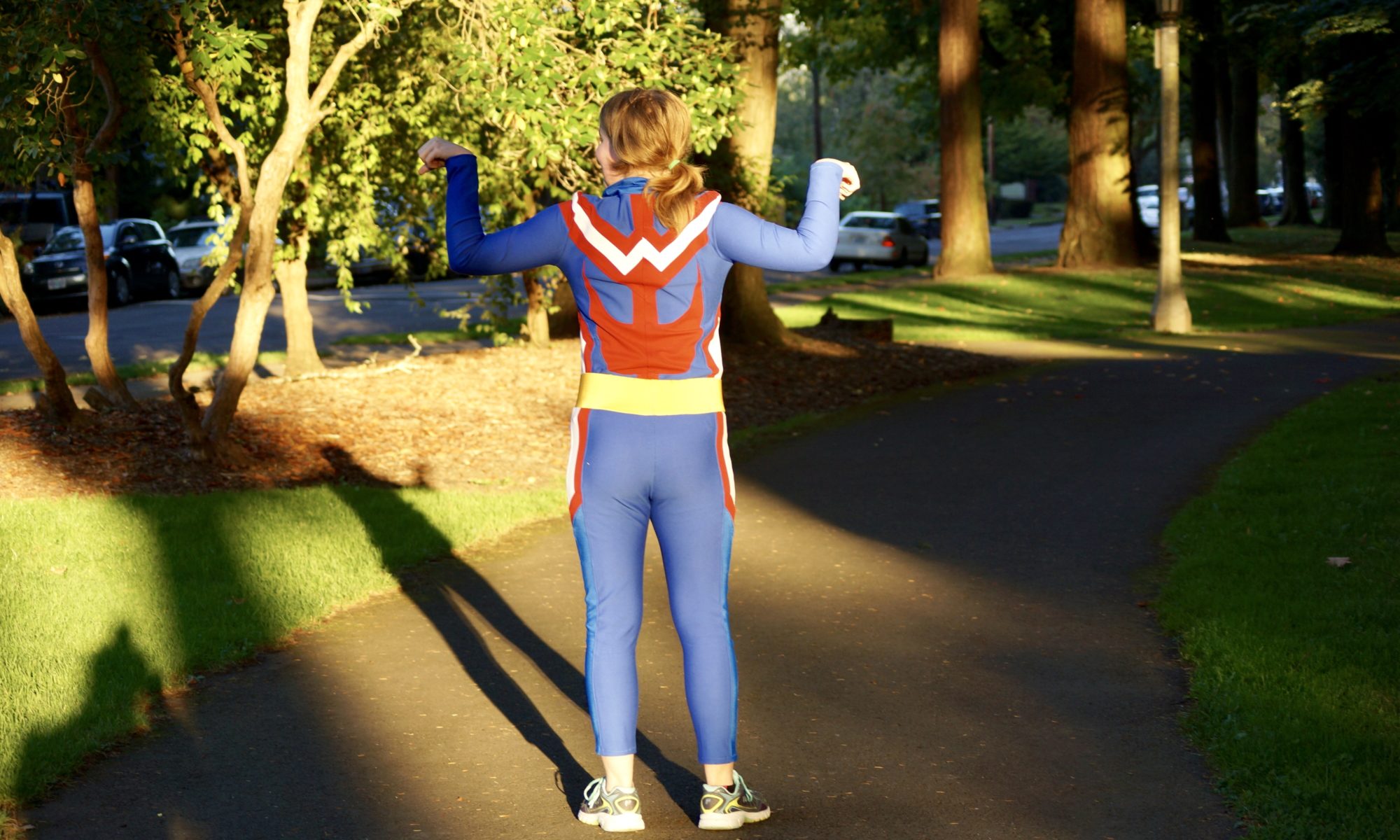
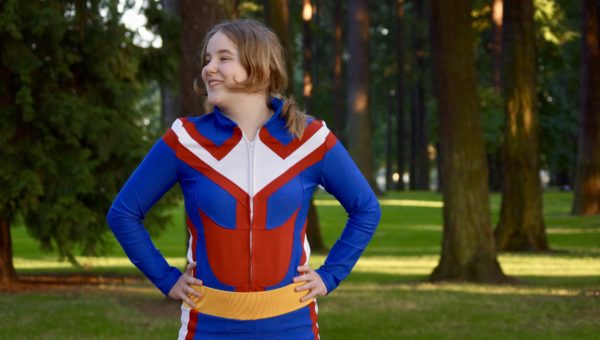
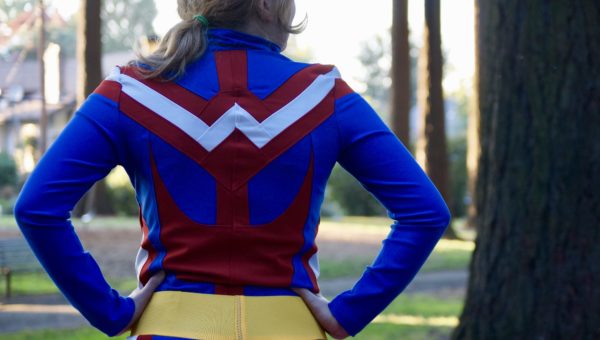
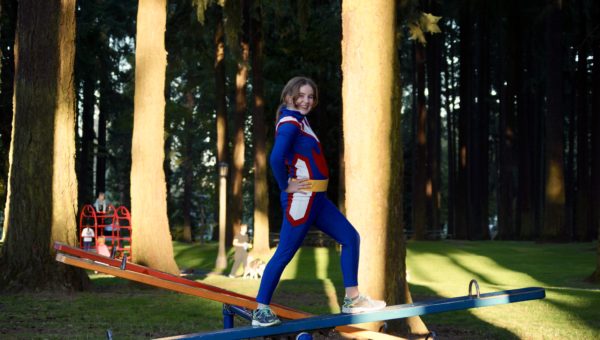
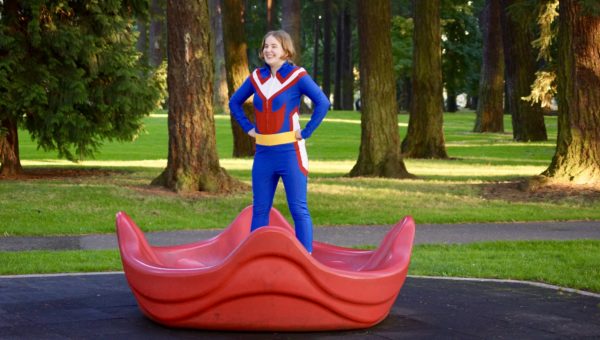
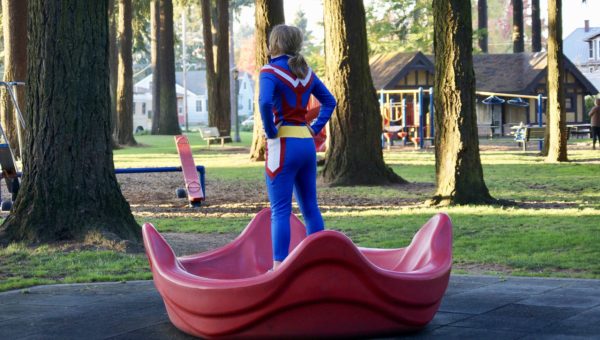
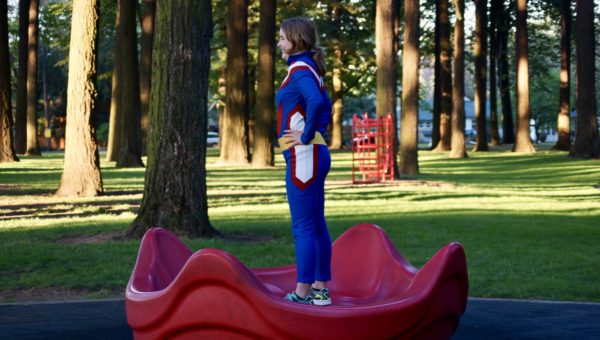
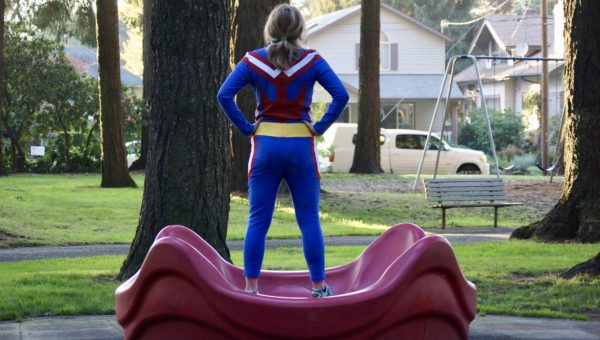
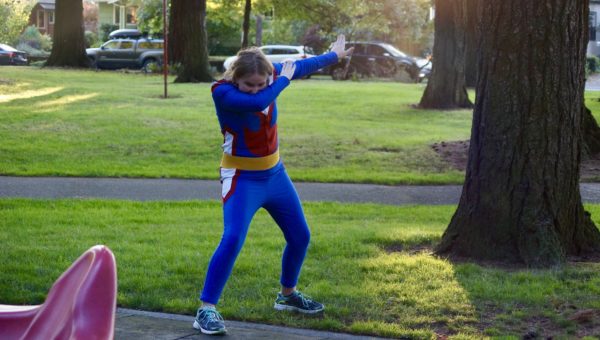

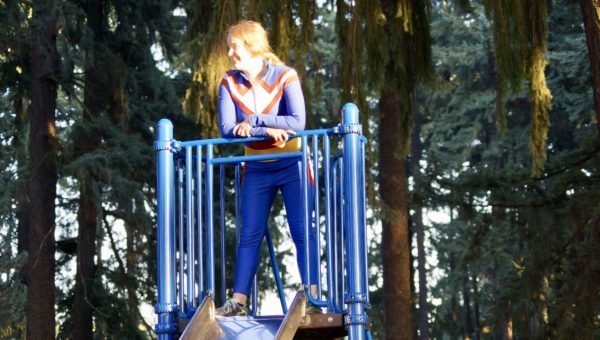
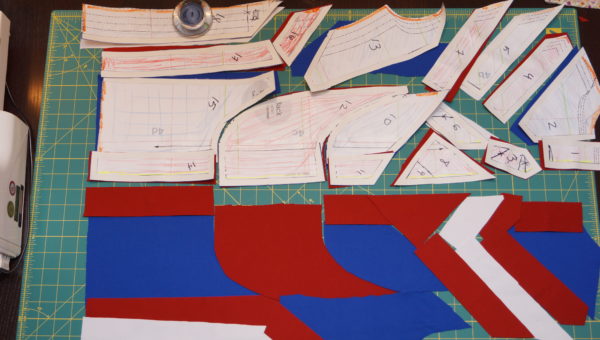
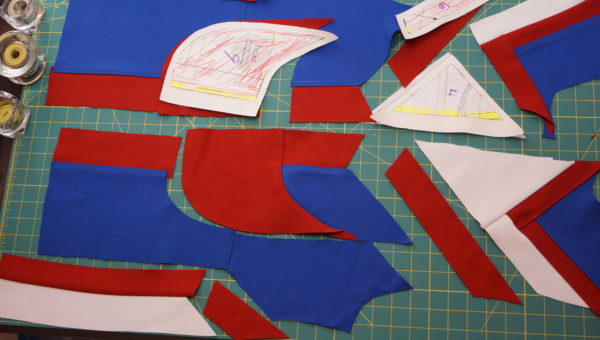
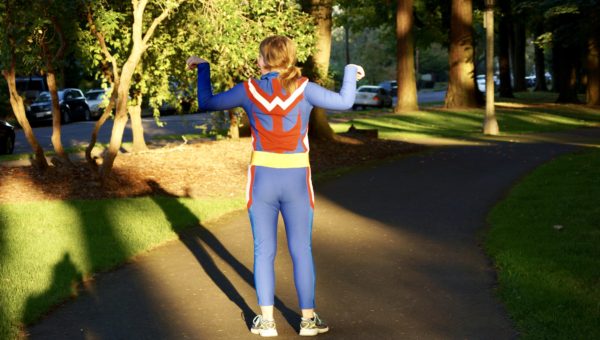
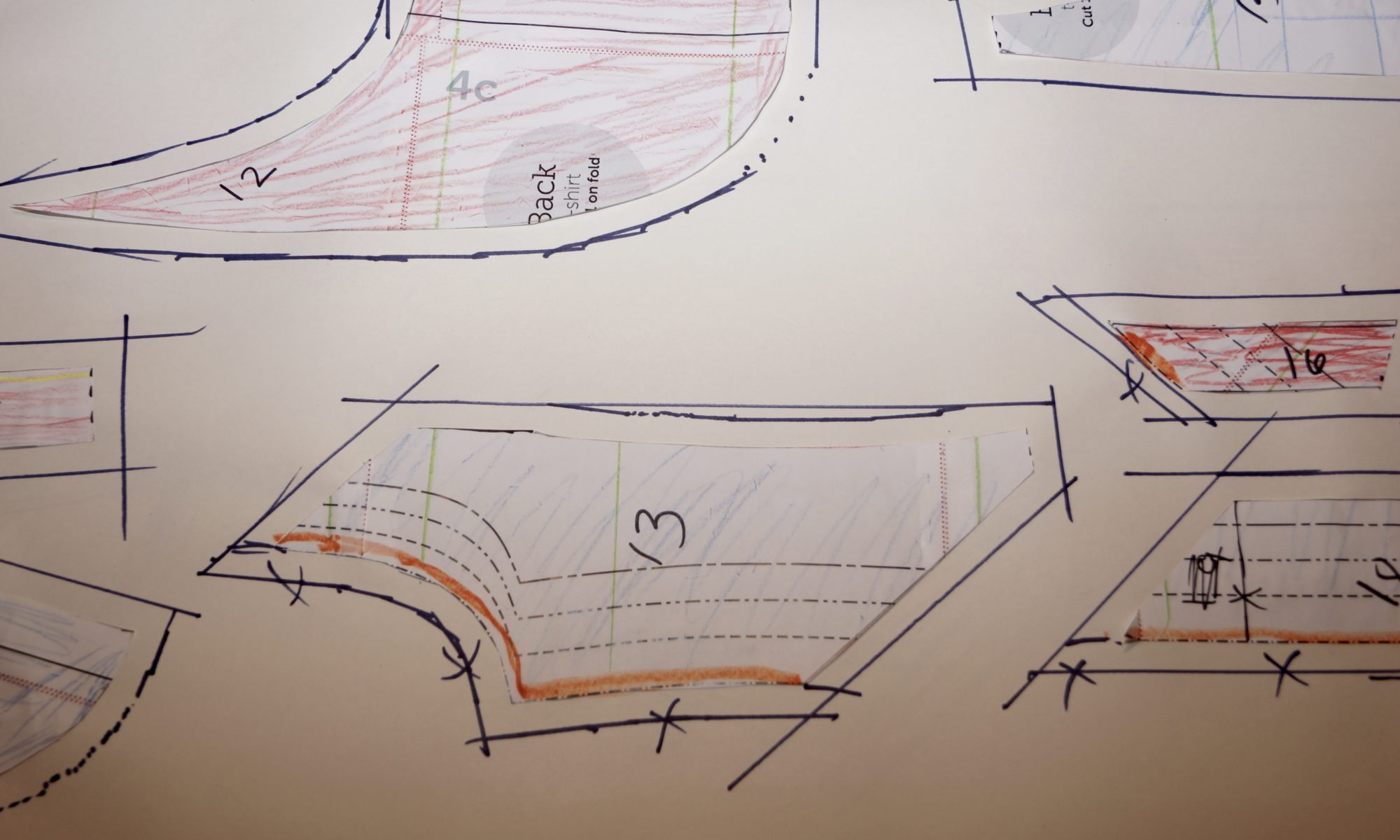
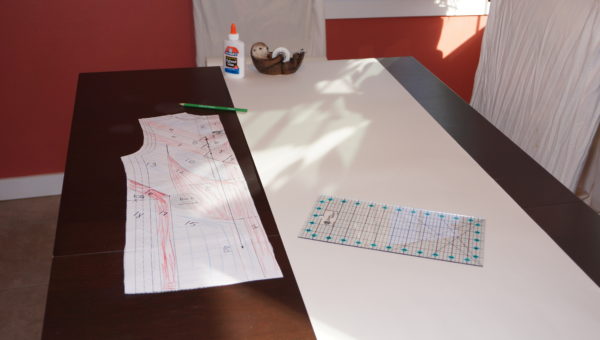
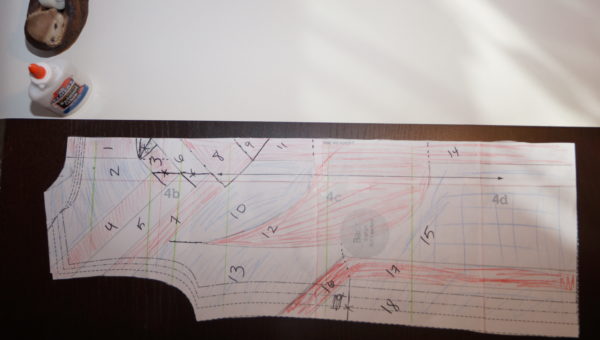
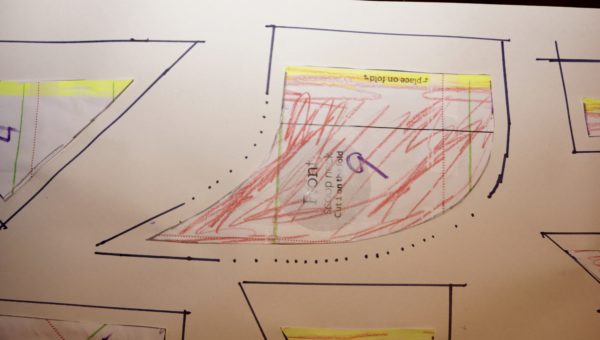
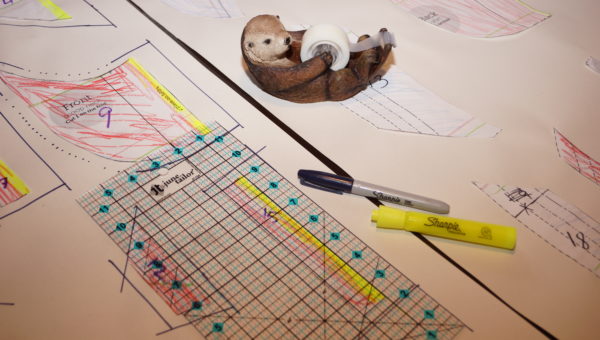
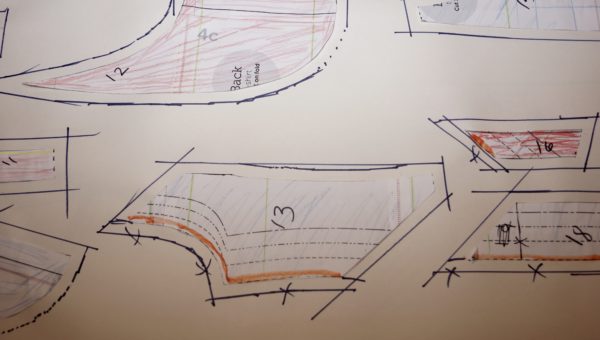
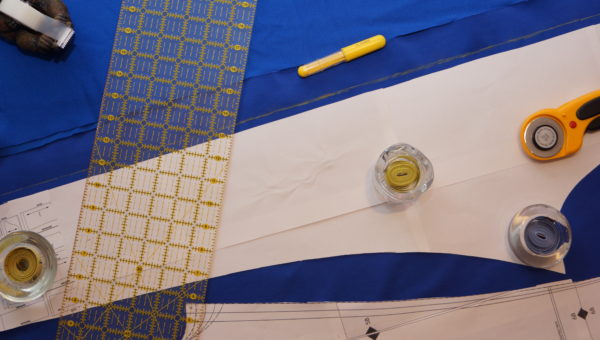
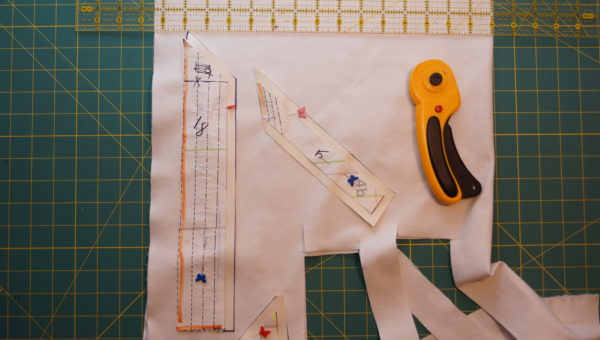
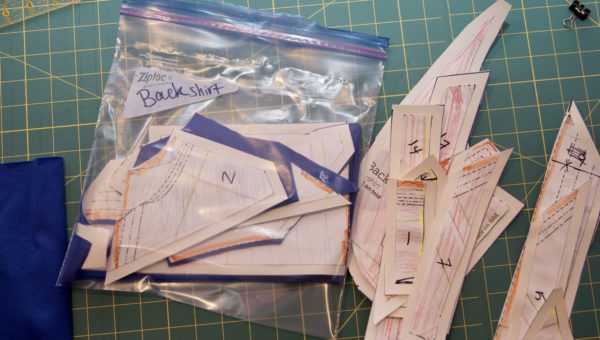
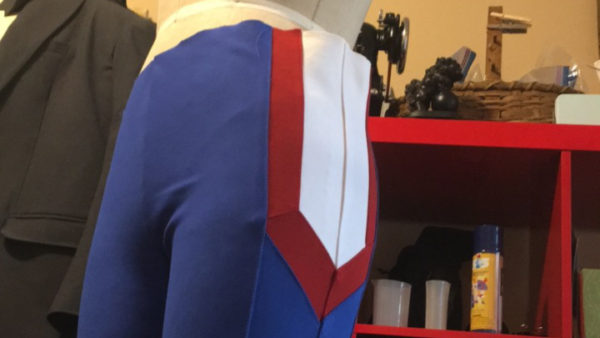
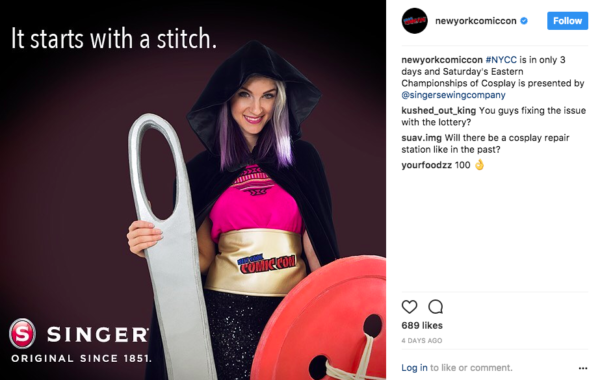

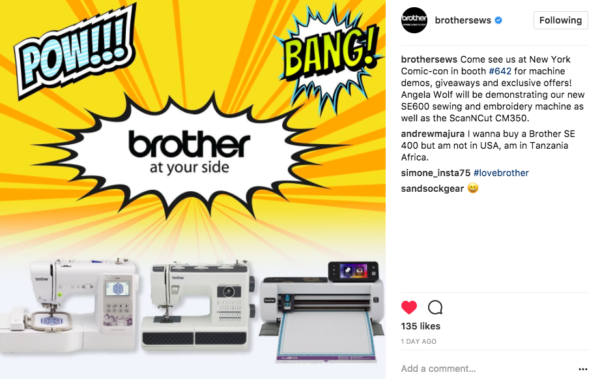
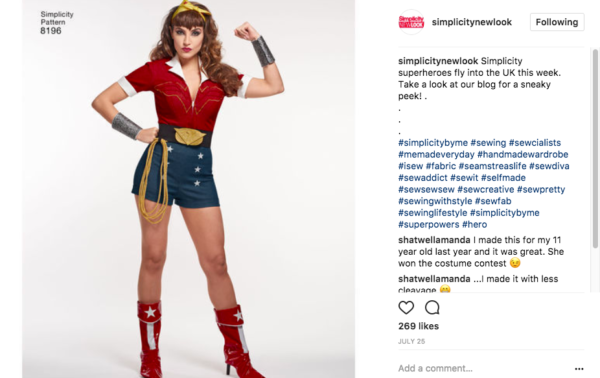
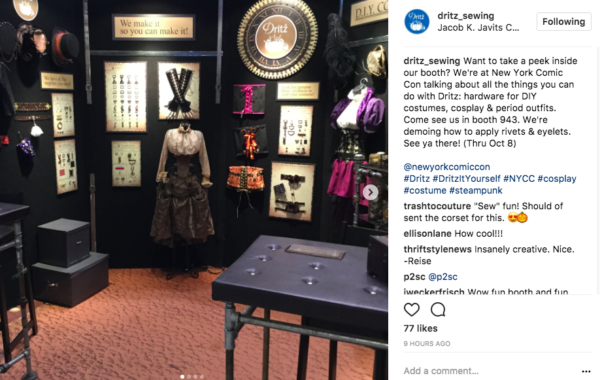








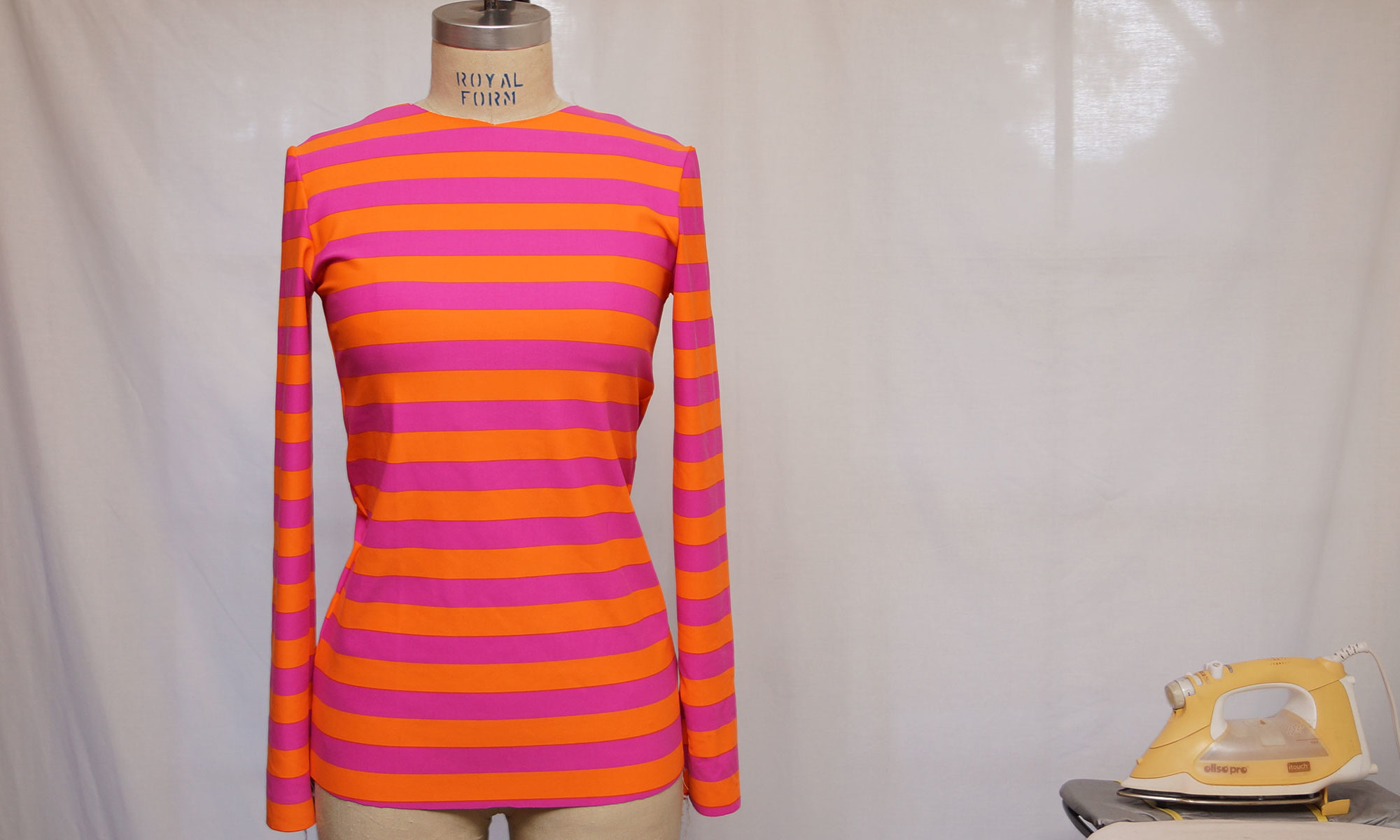
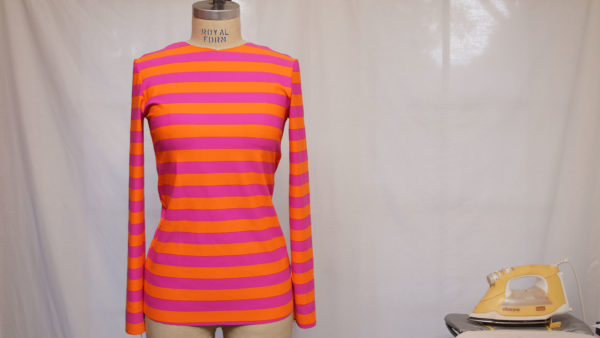
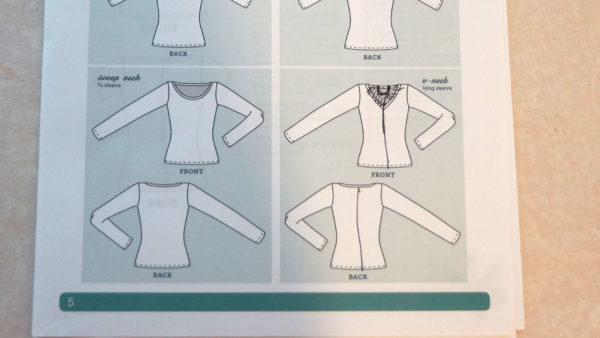
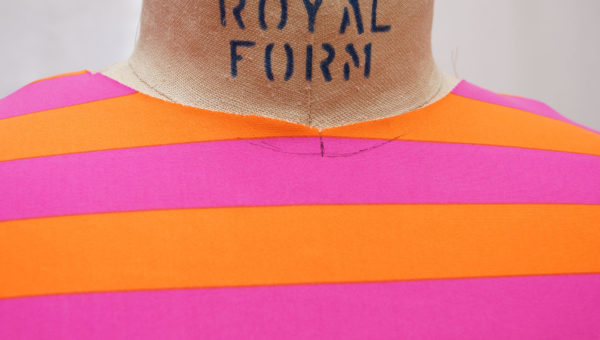
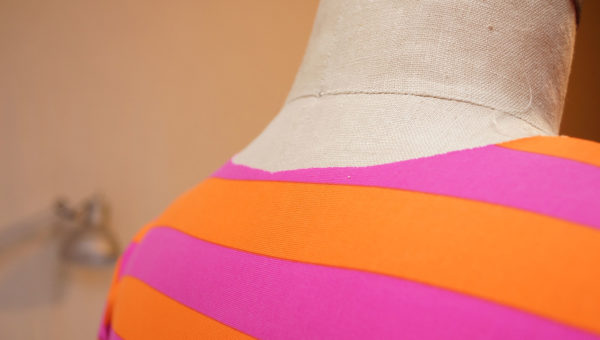
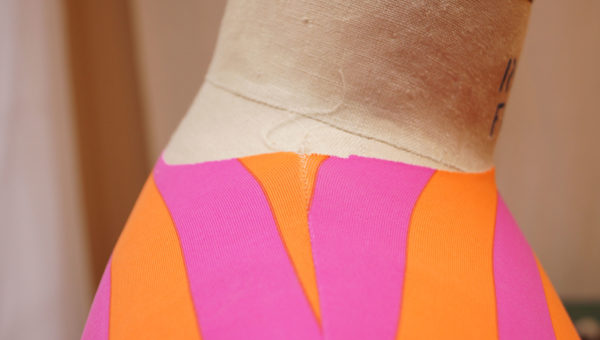
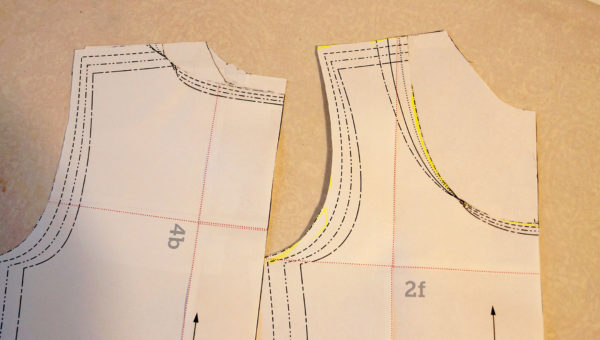

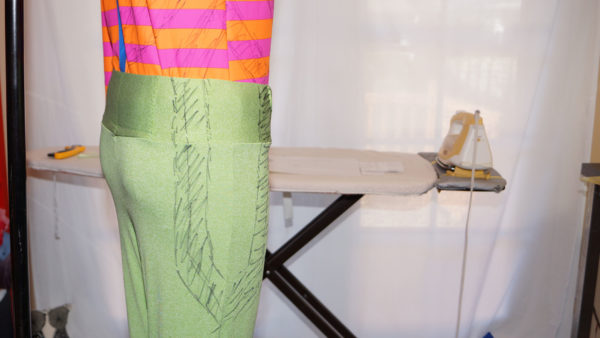
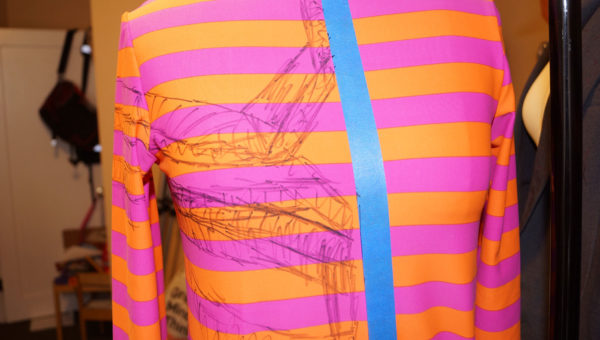
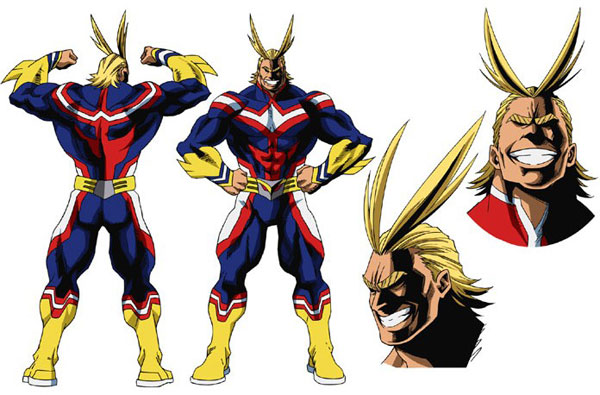
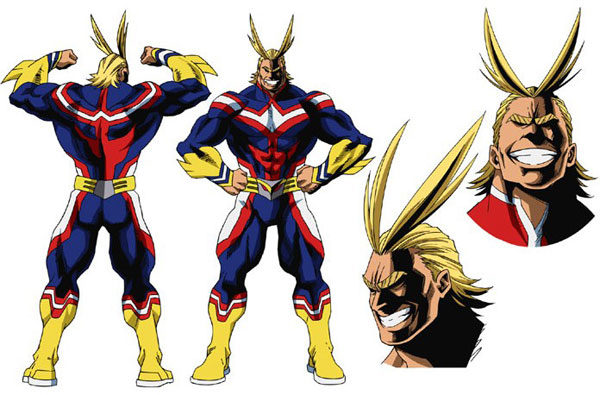
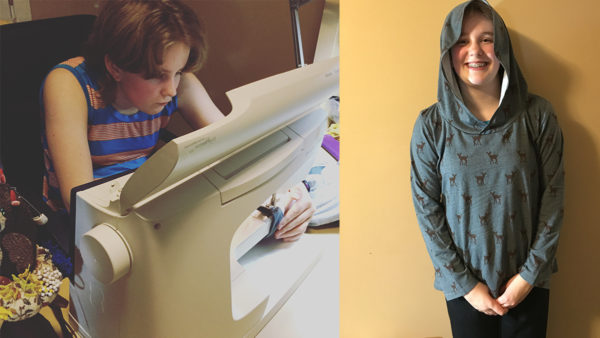
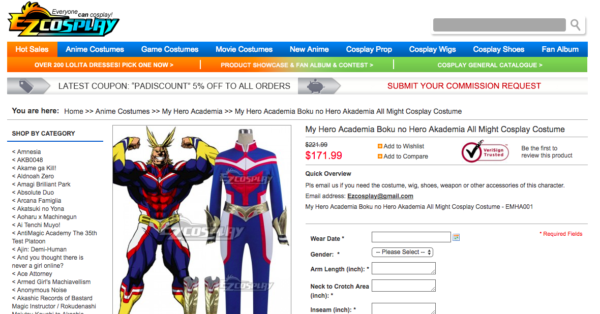
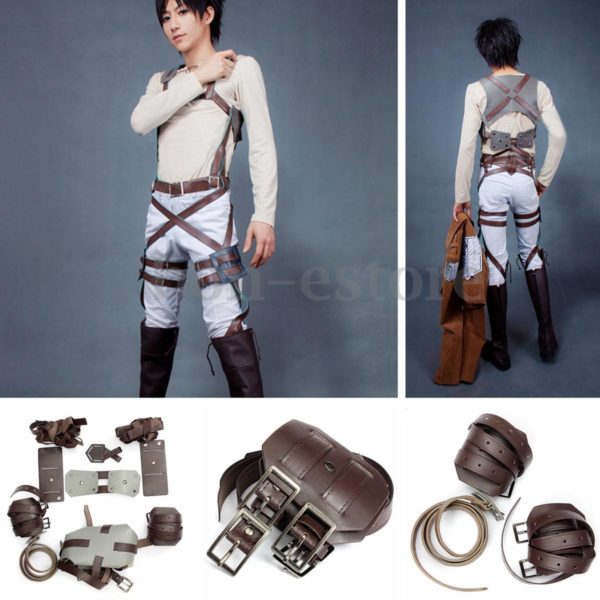
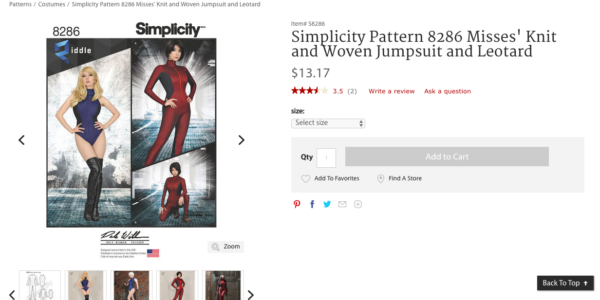
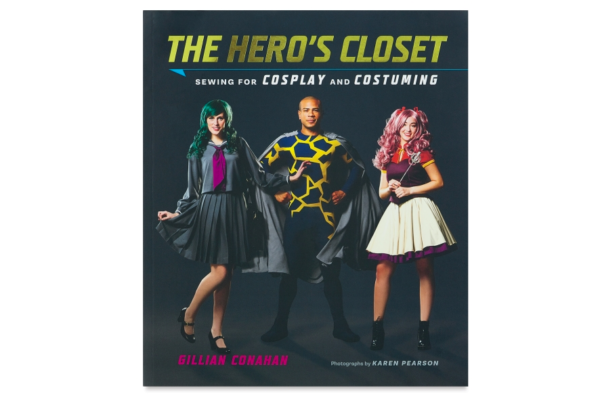
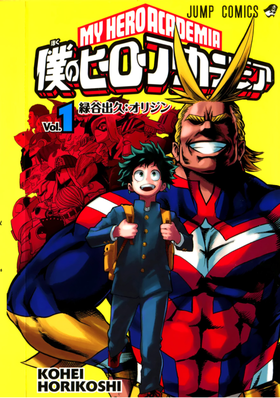
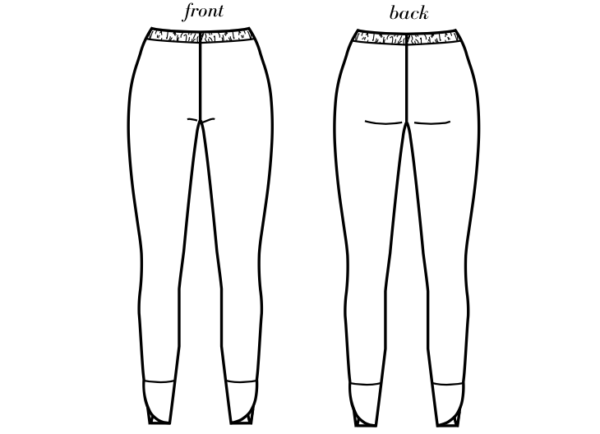
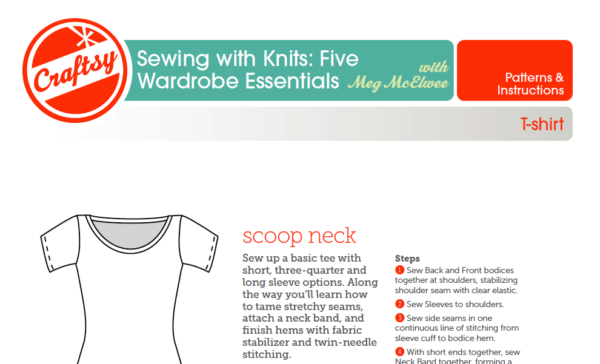

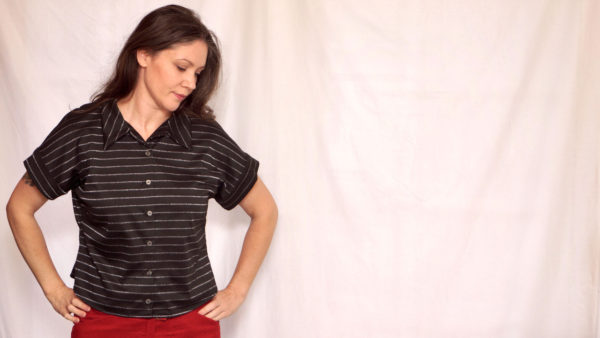
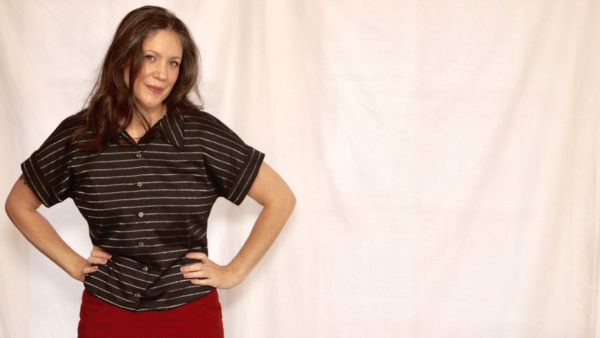
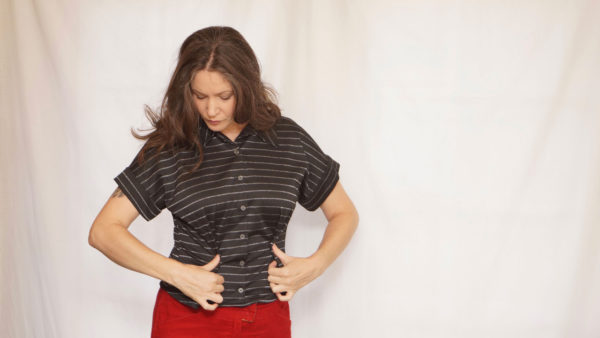
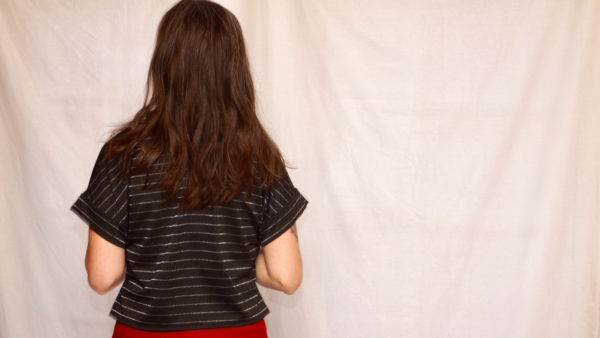
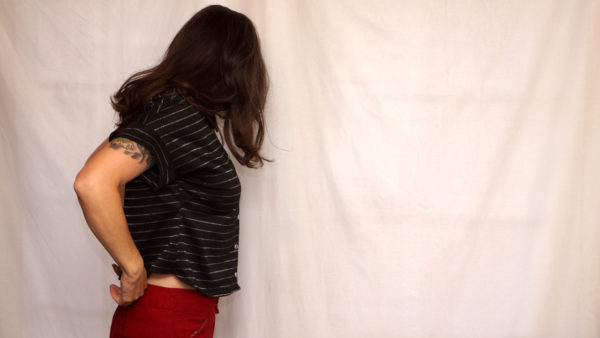
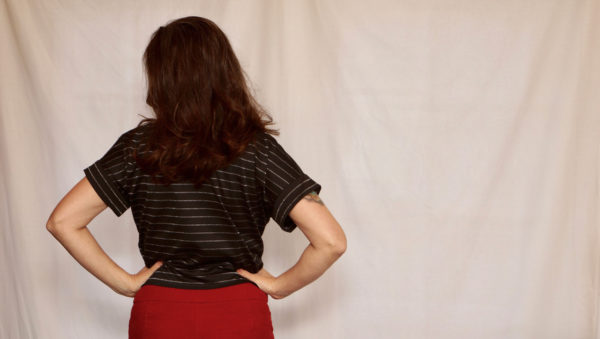

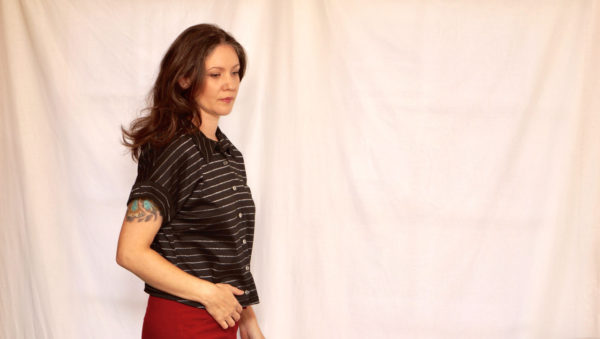 Fun, casual shirt. This is one of those patterns where you could easily sew up 5 versions over a weekend, and have that basics slot filled.
Fun, casual shirt. This is one of those patterns where you could easily sew up 5 versions over a weekend, and have that basics slot filled.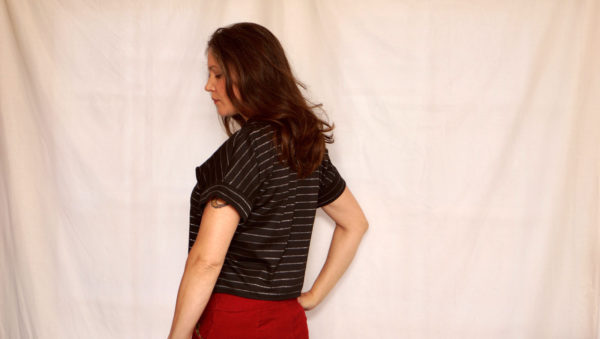 Real talk: my teen daughter already has plans to steal it from me. Seriously. I had to tell her to wait until I took photos….and then I’ve worn it 3 times in the last, ahem, 2 weeks since I’ve sewn it.
Real talk: my teen daughter already has plans to steal it from me. Seriously. I had to tell her to wait until I took photos….and then I’ve worn it 3 times in the last, ahem, 2 weeks since I’ve sewn it.